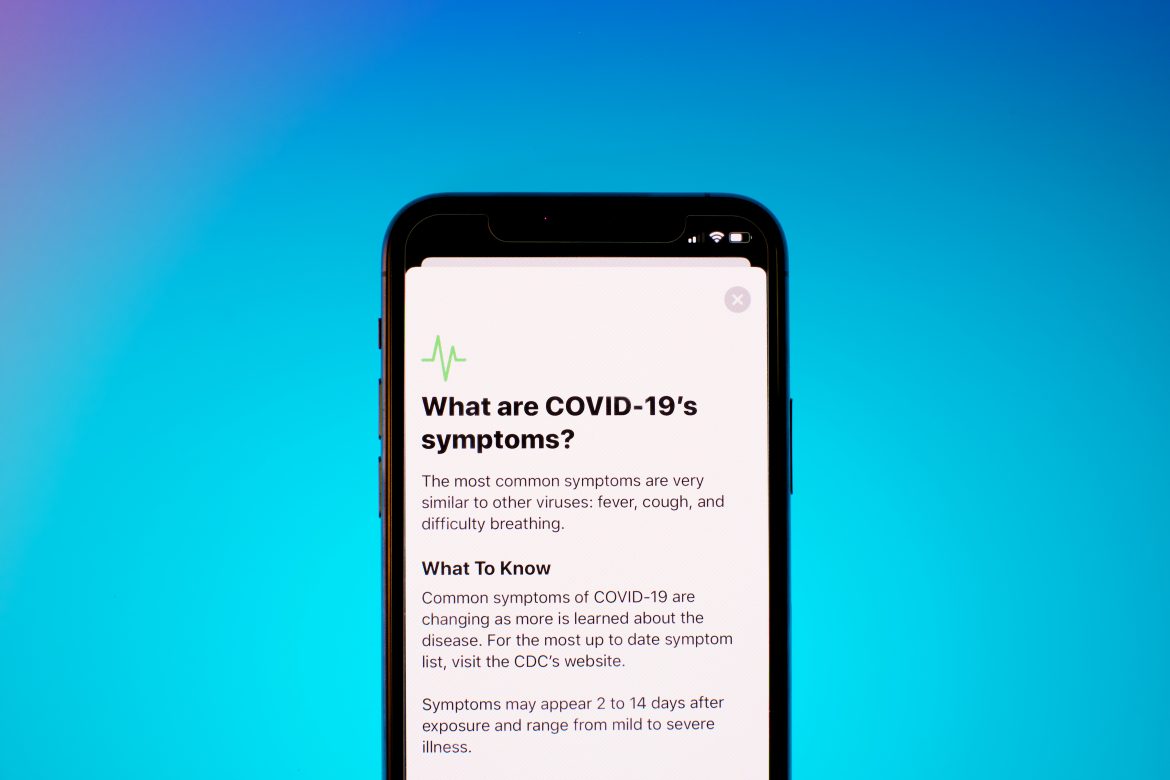Photo Credit: Brian McGowan, Unsplash
Proof may be required to enter buildings
Jennifer Zhong, Associate News Editor
Due to new provincial guidelines and regulations, completion of a COVID-19 self-assessment is now required before visiting any of the three campuses or other properties owned by the University of Toronto (U of T). This may be completed through UCheck or a paper-based form.
UCheck, introduced by the university in September, guides the visitor, including students living in residence, through a COVID-19 symptom and contact assessment, and gives a ‘red’ or ‘green’ status. If someone receives a ‘red’ status, they should not come to campus or leave their residence room. If they receive a ‘green’ status, they are free to visit campus or leave their residence room. The assessment includes questions such as whether the applicant has COVID-19 like symptoms, has traveled outside the country, and whether they have had close contact with someone who has tested positive for the virus.
UCheck is available on all electronic devices and may also be completed on a paper-based form acquired through U of T’s COVID-19 self-assessment website.
The self-assessment may not be required to enter every building on campus. In an email to The Mike, a spokesperson for the university writes that, “the primary goal is education on health and safety rather than enforcement of the self-assessment for entry.” U of T’s spokesperson explained that visitors “may be asked to confirm completion of their self-assessments before entering some buildings or facilities on campus.”
In addition, U of T’s spokesperson reinforced that UCheck is not a contact tracing or exposure notification app. Instead, U of T community members are encouraged to download the national COVID Alert app, which provides potential exposure notifications.
The National COVID Alert app uses Bluetooth to exchange randomly generated codes with nearby phones and checks for nearby codes of people who tested positive everyday. The strict security measures prevent the app from storing the user’s personal or location information. However, the app is currently not performing as well as it should due to a lack of participation by the Canadian populace. In October, data showed that less than 10% of Canadians are using the app. In a study published by Oxford University’s Big Data Institute, absent manual contact tracing and other types of intervention, 60% of the population needs to use a notification app to effectively control the spread of the virus.
Some of the issues behind the low participation include voluntarism, reluctance, and software. Logging a positive diagnosis into the app is completely voluntary and people may forget to do so. People are also often reluctant to admit to being infected or of having come in contact with others who may have. The app may also not work on older smart phones and is only guaranteed to work on smartphones released within the last five years.
In the meantime, U of T community members are reminded to complete the self-assessment before coming to campus every day, and to stay healthy and safe. “No one should come to campus if they receive a red status. We all have a responsibility to keep others healthy,” said the university spokesperson.




